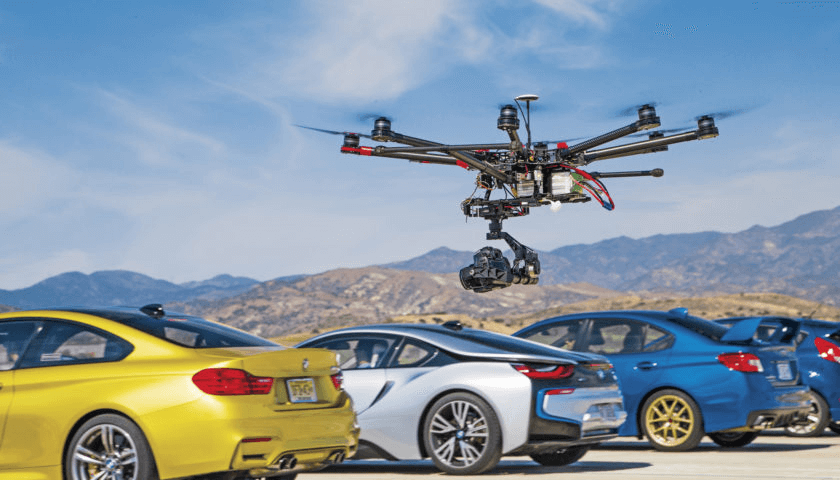Last Updated on September 26, 2023 by Tim R.
When talking about drones and driverless vehicles, they basically refer to a type of technology that is perceived to dominate the future of autonomous navigation. Although the two technology lies in the same field, they are always in a competitive state on which technology will be the most disruptive. Driverless cars are generally a developed recommendation that is essentially based on transforming the manner in which goods and people move on our railroads, our airspace and importantly our roads. On the other hand, autonomous drones simply refer to automated aircraft that will importantly make it possible for the global adoption of vehicles that do not require human operators in the near future. From the look of things, the future of autonomy is all about drones and not driverless cars. Here the reasons why drones will be the most disruptive:
- Drones are based on the 3D environment while self-driving cars are based on the 2D environment
- Drones are less congested while self-driving cars are more congested
- Drones are more flexible in the sense that they operate under shifting regulations while self-driving cars are less flexible in that they have established regulations.
- Self-driving cars are more prescriptive in the sense that cars must obey road sign, traffic rules, and crucially follow roads. On the other hand, drones present a challenge only in the last 10 feet.
- Other factual reasons why drones and not driverless cars are the future of autonomous navigation
Drones are relatively affordable and easily accessible
According to the recently carried research, drones can be purchased at a variety of prices, therefore, opening the market to many entrepreneurs and innovators. Additionally, buying a drone for the purpose of model testing, experimentation with an application or even starting a new organization is also comparatively affordable. On the other hand, the automotive market is very challenging and competitive. The market is well established and full of well-funded players. This can present a big a challenge to new players and hence cannot easily be disruptive in the future autonomous navigation field. It’s crystal-clear that the drone business can rapidly iterate and significantly new technologies can take root.
Three dimension traveling is more flexible than two dimension
Cars often travel in simpler paths in relation to where drones fly but they lack flexibility. This is in the sense that they are limited to traveling: right left, forward and backward. Drone, on the other hand, are flexible and unlimited in that they have the freedom of maneuvering into different airspaces and routes. A drone can actually travel up to 400 feet of airspace. This basically means that it becomes easier for the small drones to adjust routes avoiding hazards, obstacle and other constraints that might be on the airspace. The limitation that a self-driving car has cannot allow it avoid constraints that are available by the lanes of the highway.
An open platform accelerates innovation
It’s on record that open platforms normally have fast-track in as much as innovations are concerned. This is actually very vivid when it comes to the drones’ technology. Drones which are primarily the unmanned aircraft, are the most democratic systems in the current autonomous navigation field. This as actually led to a tremendous collaboration between software developers, hardware manufacturers and importantly services providers. Such collaboration is a very importantly enables maximum innovations since anyone can actually invent a solution that’s powered by drone.
The unhealthy competition that has always existed in the car companies is a no exception when it comes to self-driving cars. The system is generally closed denying secondary innovators from coming up with new inventions. This is actually the major reason why the future of drones is very promising than that of self-driving cars.
In a nutshell, the drones have played a very big role the world of technology and are very promising in the coming future. The government should take its part in empowering drone makers and operators so that they can be more innovative. Although drones are seen to boom in the coming consumer robotic technology, other technologies such as driverless cars and other devices also need a comprehensive government response so that they can also grow in the coming competitive future.
Featured Image found @ twitter.com via MotorTrend

